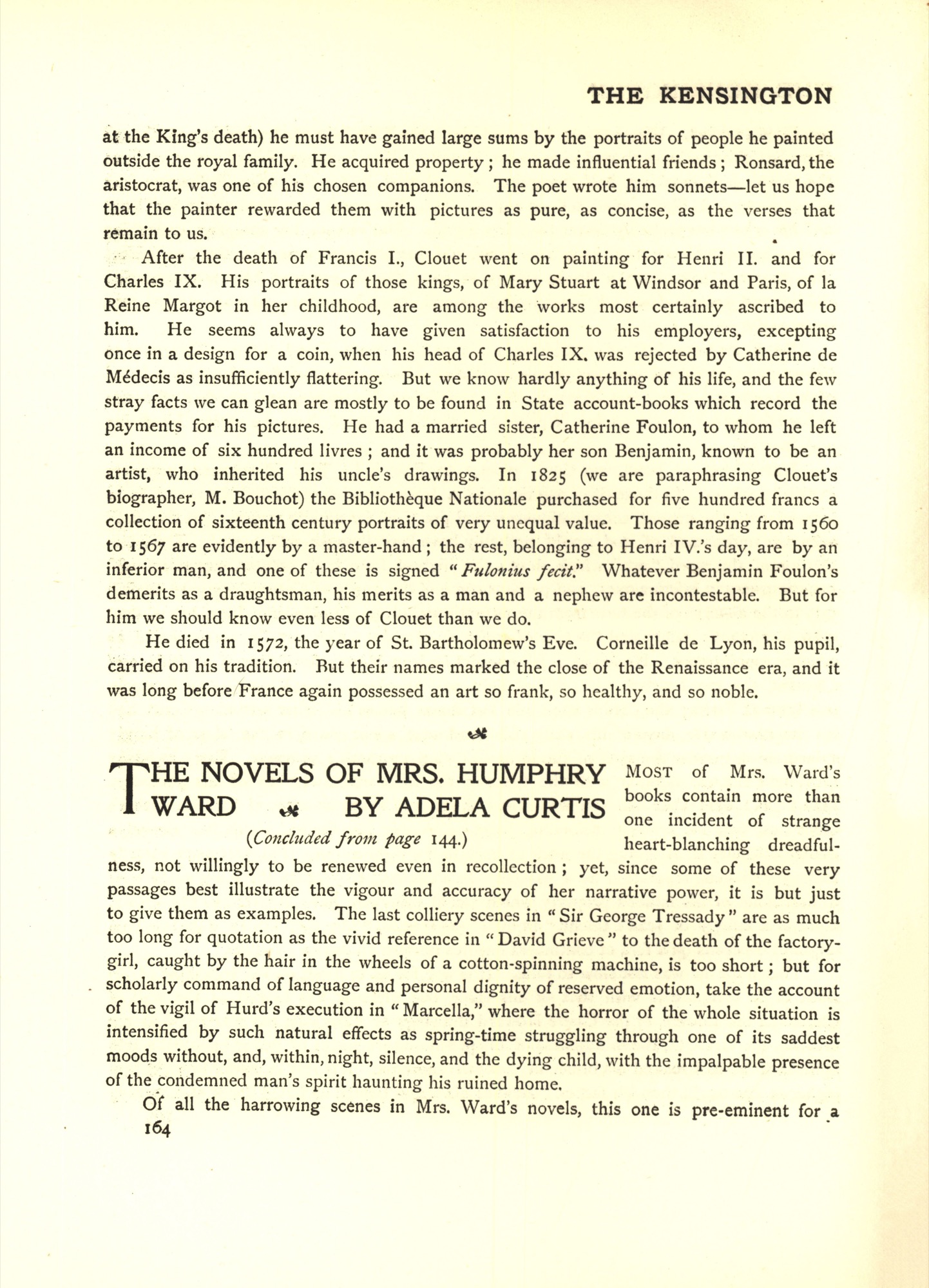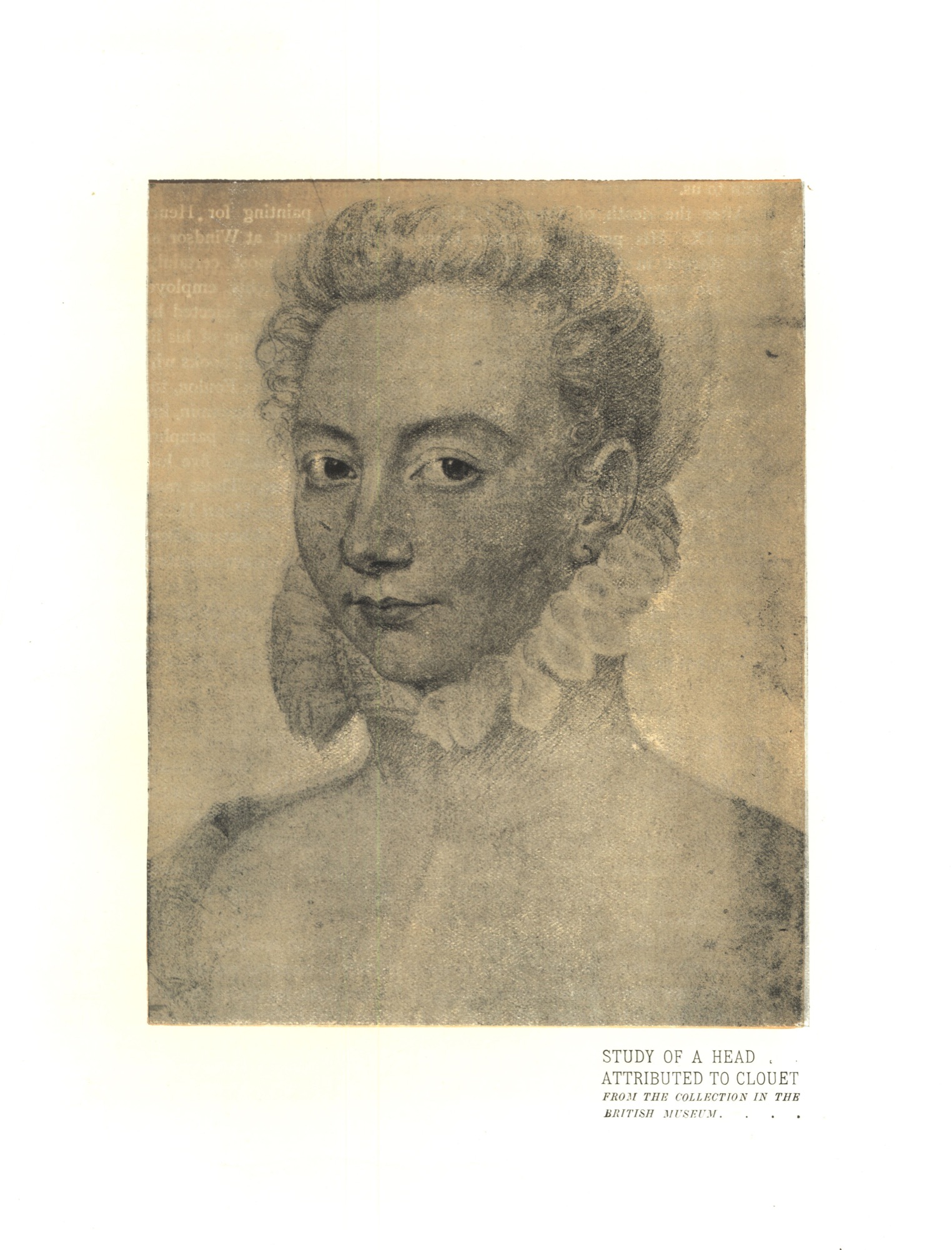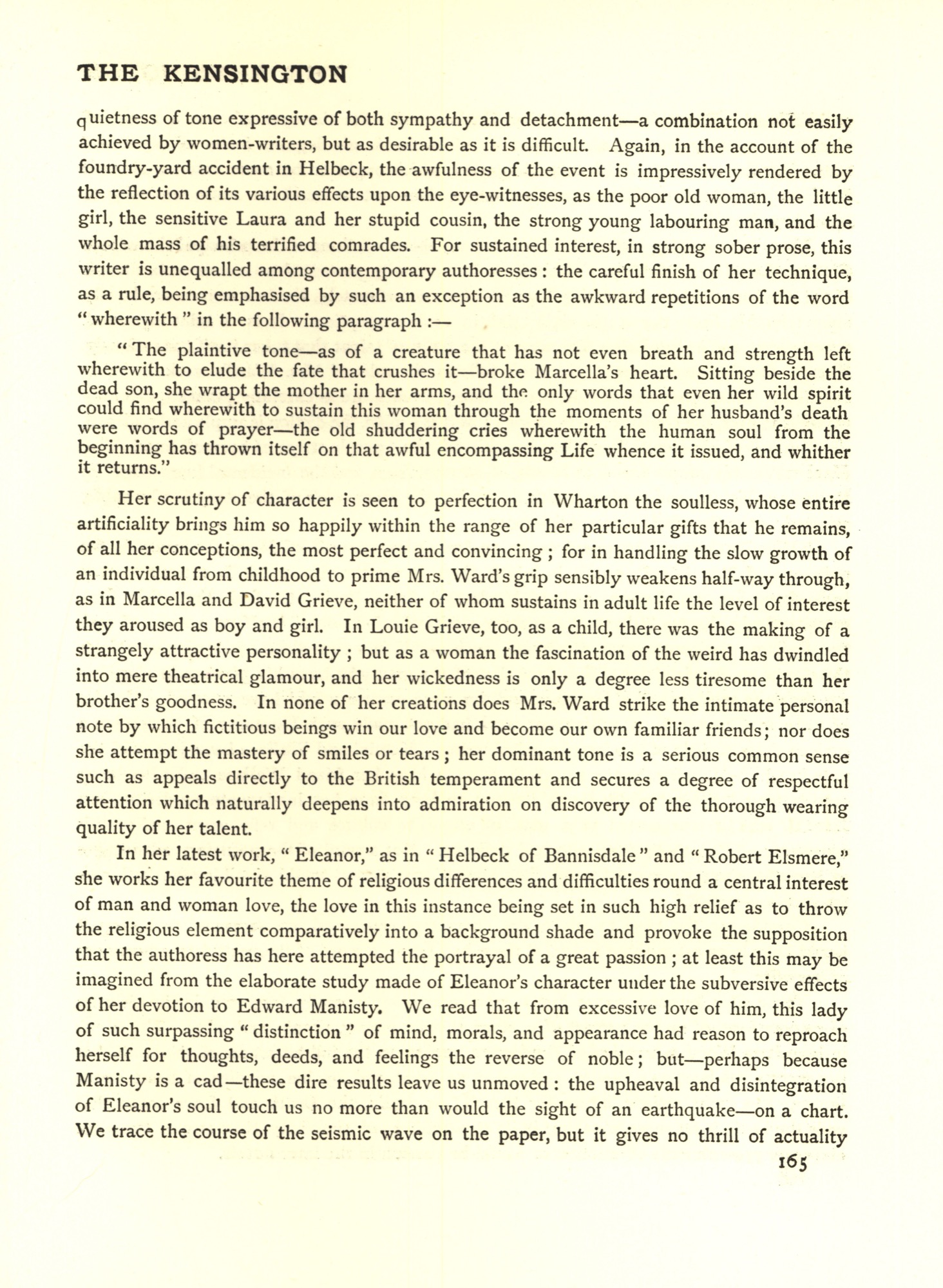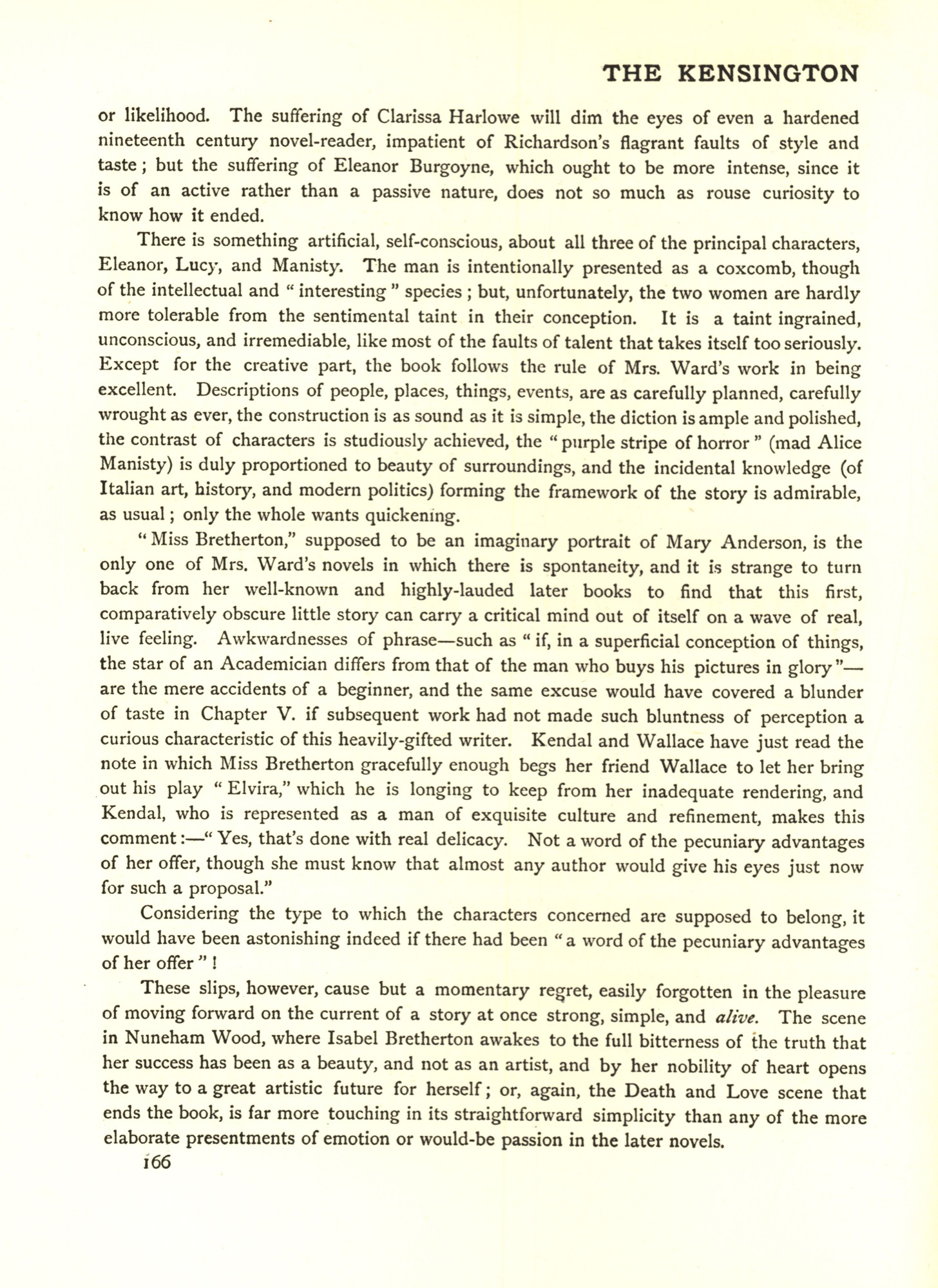5 of
You are browsing the full text of the article: The Novels of Mrs. Humphry Ward
Click here to go back to the list of articles for
Issue:
Volume: 1 of The Kensington
| The Kensington Volume 1 Issue: 5 July 1901 Page: 164 | |||||||||||||||||||||||||||
| The Novels of Mrs. Humphry Ward By Adela Curtis | |||||||||||||||||||||||||||
|

|
|
|||||||||||||||||||||||||
| The Kensington Volume 1 Issue: 5 July 1901 Page: - | ||||||||||||||||||||||||||
| The Novels of Mrs. Humphry Ward By Adela Curtis | ||||||||||||||||||||||||||
|

|
|
||||||||||||||||||||||||
| The Kensington Volume 1 Issue: 5 July 1901 Page: 165 | ||||||||||||||||||||||||||
| The Novels of Mrs. Humphry Ward By Adela Curtis | ||||||||||||||||||||||||||
|

|
|
||||||||||||||||||||||||
| The Kensington Volume 1 Issue: 5 July 1901 Page: 166 | ||||||||||||||||||||||||||
| The Novels of Mrs. Humphry Ward By Adela Curtis | ||||||||||||||||||||||||||
|

|
|
||||||||||||||||||||||||



